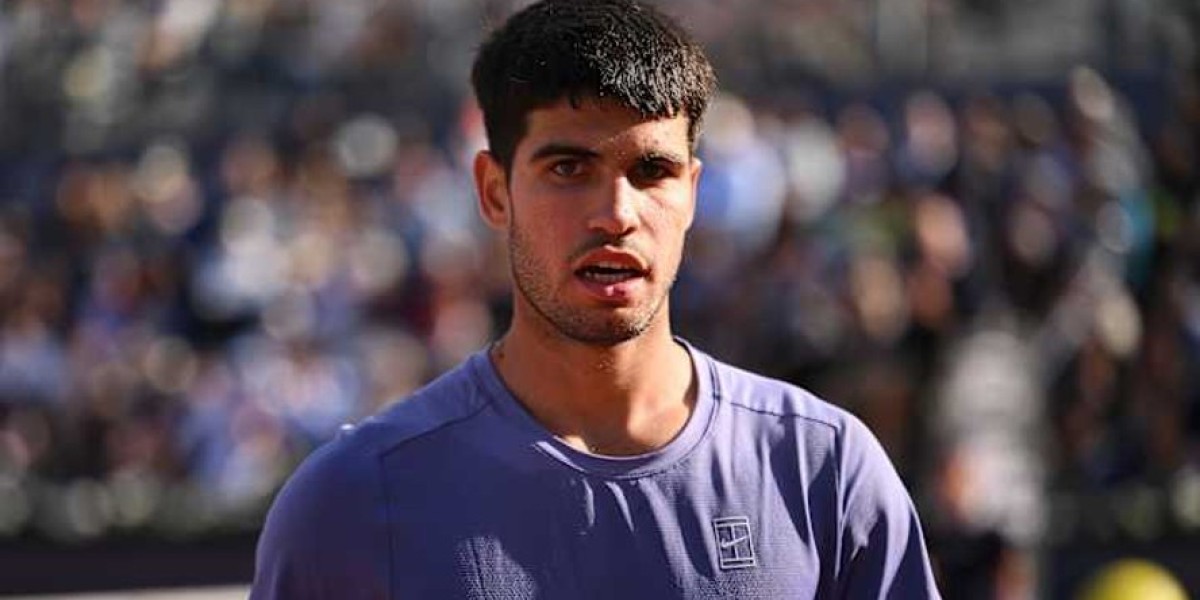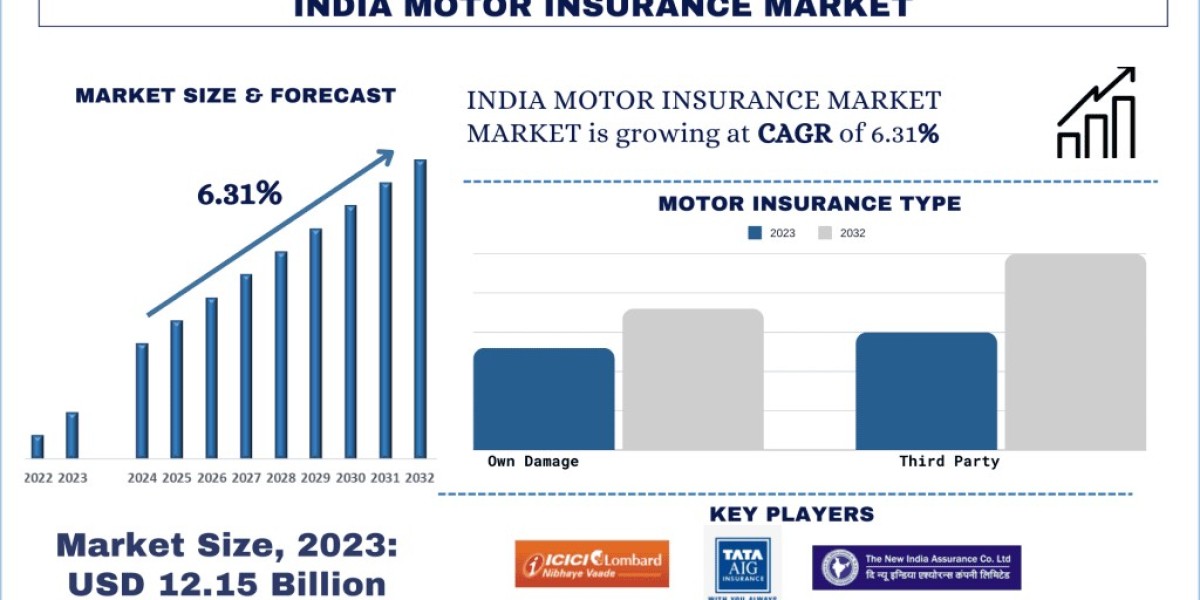Video Ads are evolving rapidly, powered by artificial intelligence to reshape marketing at scale. Traditional video production—once resource-intensive and slow—is now streamlined through AI. Tools such as AI commercial script generators automate scriptwriting, video editing, voiceovers, and personalization, slashing costs and speeding up production timelines without sacrificing quality.
Cost Efficiency and Speed
One of the biggest advantages of Video Ads created with AI is their cost-effectiveness. Traditional campaigns require teams, actors, crews, locations, and time-consuming logistics. In contrast, AI-powered tools automate these processes—scripts are generated almost instantly, editing is automated, and voiceovers are synthetically produced—greatly reducing budgets and enabling faster go-to-market strategies.
Personalized Engagement at Scale
AI enables Video Ads to be personalized for specific audiences. By leveraging data on viewer demographics, behavior, and preferences, AI systems can tailor visuals, tone, and messaging to match individual user profiles—creating hyper-targeted ads that resonate more deeply. This precision targeting also reduces wasted ad spend and boosts ROI.
Dynamic Optimization and Data-Driven Creative
Beyond personalization, Video Ads powered by AI benefit from real-time performance tracking. Campaigns can be adjusted on-the-fly—altering scripts, visuals, or placement based on metrics like clicks, watch time, or conversions—ensuring that ads evolve to maximize impact. Moreover, AI can inspire creative concepts, offering fresh visuals, script ideas, and production approaches informed by previous successes and emerging trends.
Ethical and Privacy Challenges
While Video Ads deliver impressive efficiency and engagement, they also raise critical concerns. AI systems often rely on extensive consumer data—like browsing history, location, and behavior—to craft personalized ads. This level of tracking can invade privacy and diminish consumer trust. There’s growing backlash over the opacity of such systems and fears of manipulation through hyper-targeted content. Moreover, the shift from human creatives to AI-generated spokespeople has sparked debates about authenticity and the loss of emotional depth.
Balancing AI Efficiency with Authenticity
To maintain trust, marketers using Video Ads must prioritize transparency. Clearly disclosing AI involvement—such as AI-generated actors or scripting—helps preserve credibility, even if it might slightly reduce perceived authenticity. Additionally, regulatory frameworks around data use and intellectual property must be carefully navigated to ensure compliance.
Future Outlook: AI-Powered Video Ads Ahead
Looking forward, Video Ads will become more sophisticated and responsive. AI actors may deliver emotionally nuanced performances at scale. Real-time personalization could adapt ad content dynamically—even during playback—based on viewer interaction. But as AI continues to intersect with creative messaging, ethical frameworks will be essential to ensure fairness, transparency, and respect for consumer rights.
Conclusion
AI-driven Video Ads represent a pivotal shift in advertising: offering cost savings, speed, creativity, personalization, and optimization like never before. However, balancing these advantages with ethical considerations—such as privacy, transparency, and authenticity—is vital. When done thoughtfully, AI-powered video advertising can usher in a new era of impactful, engaging, and responsible marketing.






